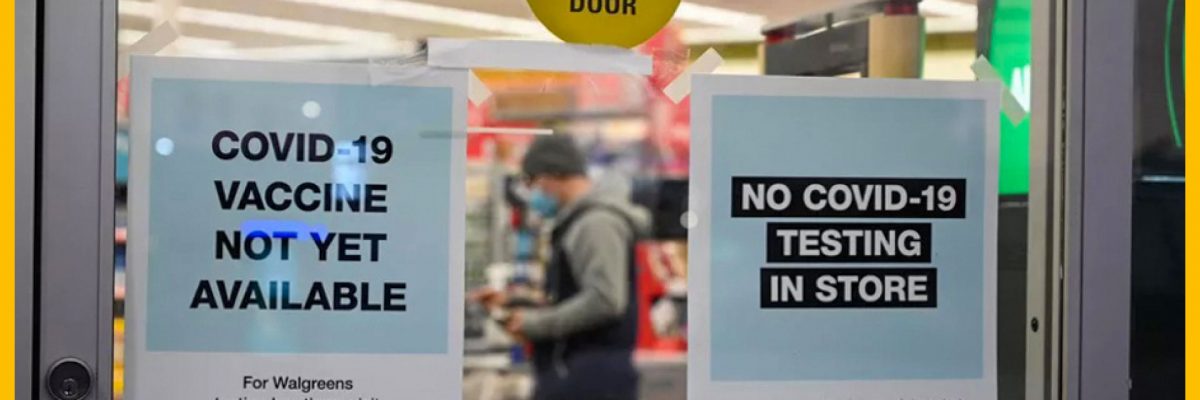The Washington Post states that a text-messaging software to track any side effects from the COVID-19 vaccine could be vulnerable to manipulation. The newly developed framework focuses more on ease of use than stability, experts worry.
The software called v-safe, is being established by the Centers for Disease Control and Prevention (CDC) to inspect individuals after obtaining a vaccine for COVID-19. They’ll be given a piece of paper with a QR code after getting a shot, which allows them to sign up to receive messages. The texts will guide them to online surveys that ask questions about any symptoms someone encountered after getting the vaccine.
Other monitoring systems for vaccine safety that have been in place for decades, including the Vaccine Adverse Events Reporting System (VAERS), will also be used to track recipients of COVID-19 vaccines. These are passive systems and depend on patients or physicians reaching out to produce a report. V-safe is planned as an early, successful way to consider the experience of people with the vaccine.

“It’s going to start collecting data immediately on day zero, and collects data out to 12 months after the second vaccination,” said Tom Shimabukuro, a member of the Vaccine Safety Team on the CDC’s COVID-19 Vaccine Task Force, during the Advisory Committee on Immunization Practices meeting last week. Any serious side effects reported through v-safe could trigger a follow-up call from experts in the call center at VAERS.
However, asking individuals to access the system via a QR code can leave it vulnerable. At a vaccination location, fliers with the codes could be lost or left, and QR codes could be posted online. Unnamed officials told The Washington Post that someone picking up that sheet of paper or finding the code could register and send false responses to the system. The anti-vaccine movement is organizing online, and officials worry that the system might be flooded by such parties. The verification of the reports concerned will be time consuming. The CDC said the device “is in the final stage of development, which includes security testing,” in a statement to the Post.
There are advantages to the flexibility of the method, because unlike other vaccine safety monitoring systems, information may be obtained from individuals who do not seek medical attention directly.
“There is an opportunity for people to use spoofing and other nefarious techniques with any widely available technology,” said Ed Simcox, former chief technology officer at the Department of Health and Human Services, according to The Washington Post. “That would undermine what is so potentially valuable about this system, going directly to patients or citizens to receive their feedback in various environments about multiple vaccines.”
